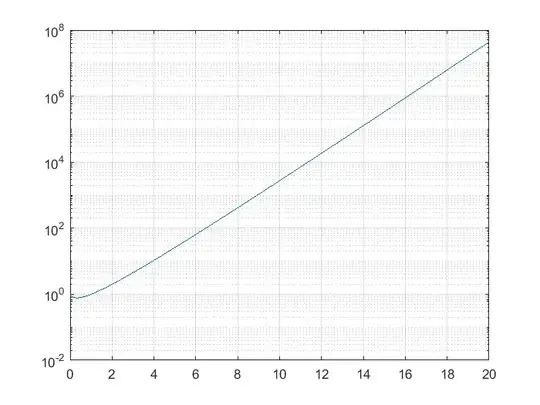This question is motivated by a simple exercise in Peter Cameron's Combinatorics: Topics, Techniques, Algorithms:
A restaurant near Vancouver offered Dutch pancakes with ‘a thousand and one combinations’ of toppings. What do you conclude?
The intended solution (according to Cameron's website) is the following: since ${14 \choose 4}=1001$, most likely there were $14$ possible toppings and each serving of pancakes allowed the patron to choose $4$ toppings.
However, this begs a much more general question:
For a given positive integer $m$, how can we find all positive integers $n$ and $k$ such that ${n \choose k}=m$?
This seems like a very natural and obvious question to ask, but preliminary searches didn't yield much apart from specific values of $m$. Any insight to this question for more general classes of positive integers $m$, or links to relevant references, would be appreciated.

